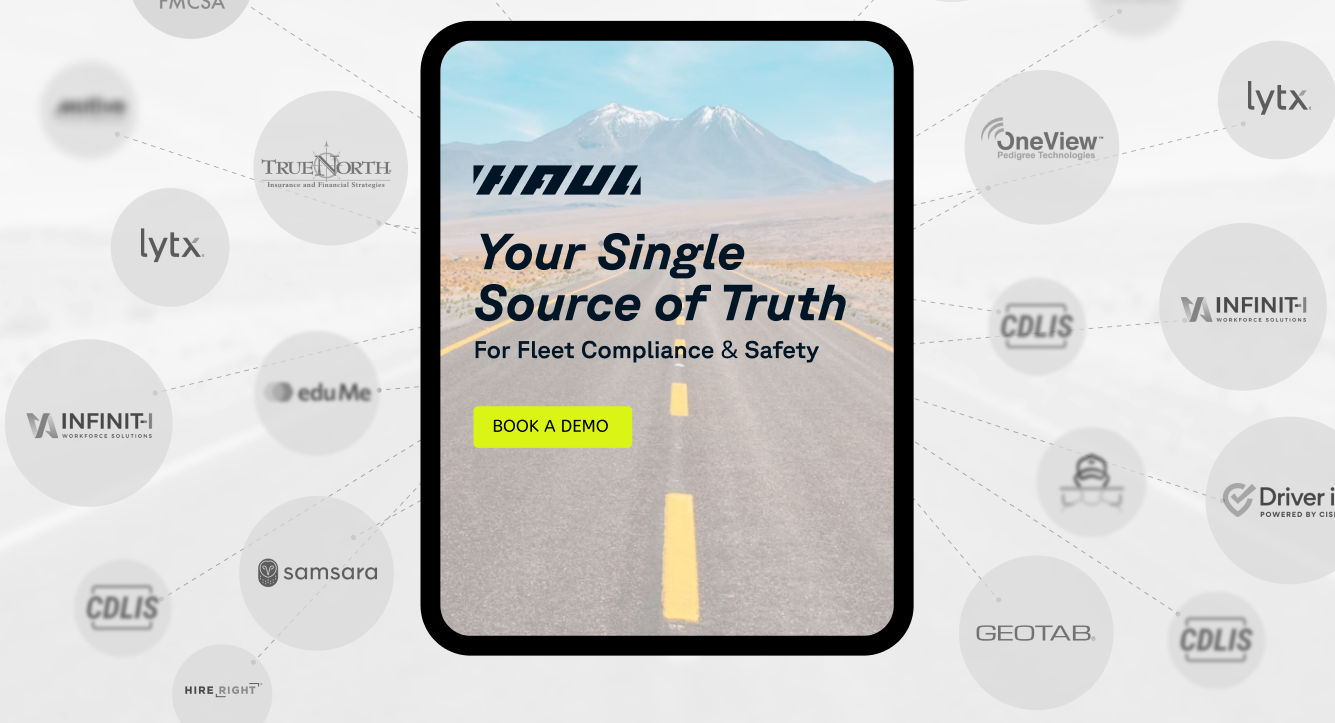Non CDL driver qualification file checklist

In the realm of fleet management, ensuring compliance and safety is paramount. For fleet managers, logistics directors, and risk management officers dealing with non-CDL (Commercial Driver's License) drivers, maintaining a comprehensive driver qualification file (DQF) is not just a best practice—it's a necessity. Here's a checklist that breaks down the essential components of a non-CDL driver qualification file to help streamline your operations and boost compliance.

Understanding the Basics
Before diving into the specifics, it's crucial to recognize the purpose of a driver qualification file. For non-CDL drivers, although the regulatory requirements may differ from CDL drivers, maintaining an organized DQF helps mitigate risks and ensures adherence to company policies and federal regulations.

by Hannah Wright (https://unsplash.com/@hannahwrightdesigner)
The Essential Components
Application for Employment
Every driver qualification file should begin with a detailed application for employment. This document captures the driver's history, including previous employment, driving experience, and personal details. It serves as the foundation of the DQF, providing insights into the suitability of the driver for the role.
Motor Vehicle Record (MVR)
A current MVR is indispensable for assessing the driving history of a non-CDL driver. It highlights any past infractions or accidents, offering a glimpse into the driver's reliability and safety on the road. Regularly updating this record ensures you have the most accurate data at your fingertips.
Road Test Certificate
While non-CDL drivers may not require the same level of scrutiny as CDL drivers, a road test certificate is still a valuable inclusion. Conducting a road test and documenting the results demonstrates due diligence in evaluating the driver's competency.
Safety Performance History
Gathering information about the driver's past safety performance is critical. This involves contacting previous employers to understand the driver's conduct and any safety-related incidents. Documenting this in the DQF underscores your commitment to maintaining a safe fleet.
Medical Examination Certificate
Although non-CDL drivers are not mandated to meet the same medical standards as CDL drivers, obtaining a medical examination certificate can be beneficial. It ensures the driver is physically fit to perform their duties, thus reducing the risk of accidents related to health issues.

by Piotr Chrobot (https://unsplash.com/@chrumo)
Additional Considerations
Training Records
Incorporating training records in the DQF showcases your investment in driver education. Whether it's defensive driving, safety protocols, or vehicle operation, documenting completed training sessions reinforces your dedication to safety and ongoing driver development.

Company-Specific Policies
Each organization might have unique requirements or policies that pertain to their operations. Including documents that outline these policies ensures drivers are aware of expectations and company standards, fostering transparency and compliance.
Conclusion
By adhering to this non-CDL driver qualification file checklist, you not only enhance compliance but also fortify the safety and efficiency of your fleet operations. In an industry where safety is non-negotiable, staying organized and informed is your best defense against potential risks.
Are there components you think should be added to this checklist? Share your thoughts in the comments below. This collaborative approach ensures we all benefit from shared insights and experiences, keeping our fleets safe and compliant.

